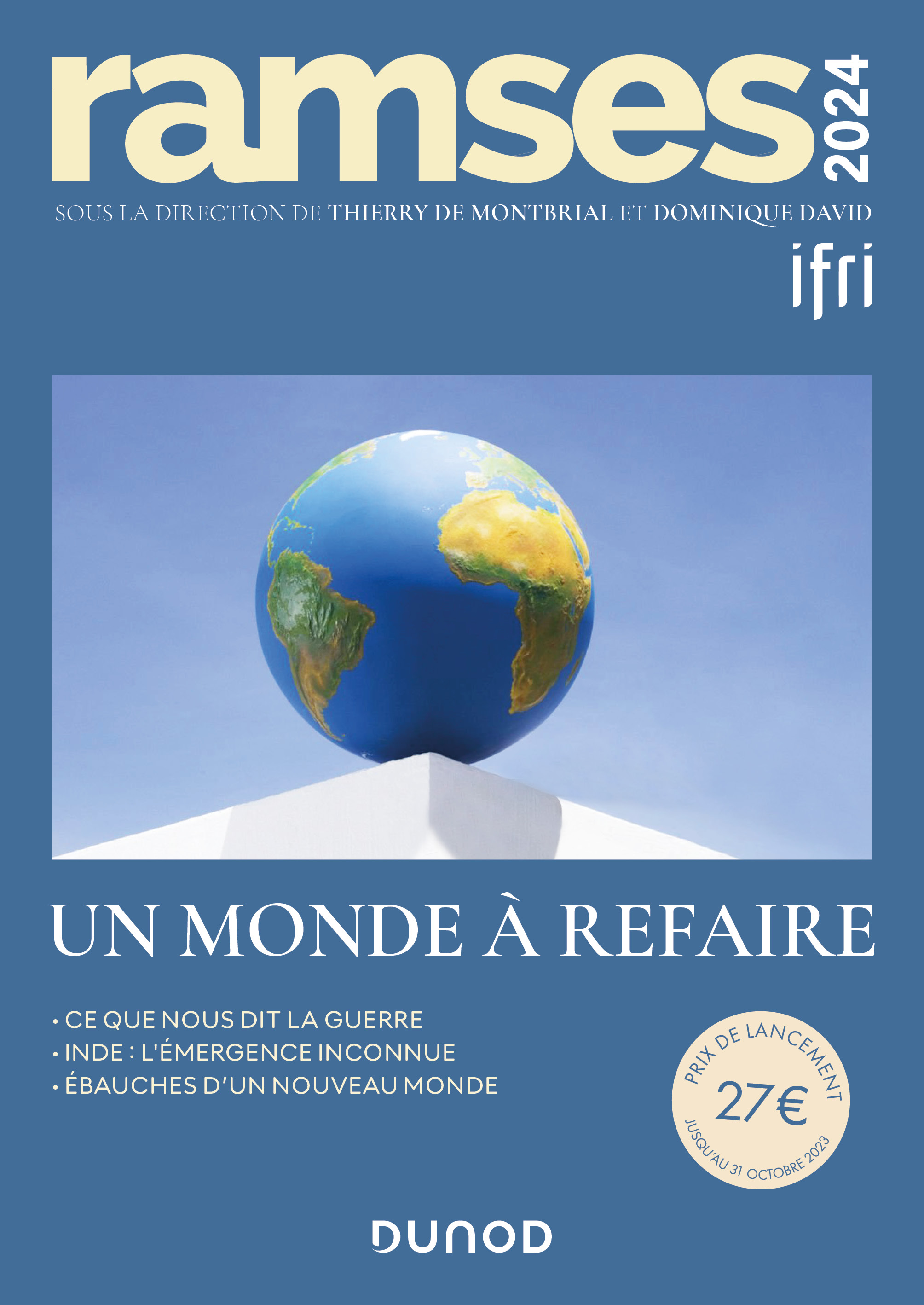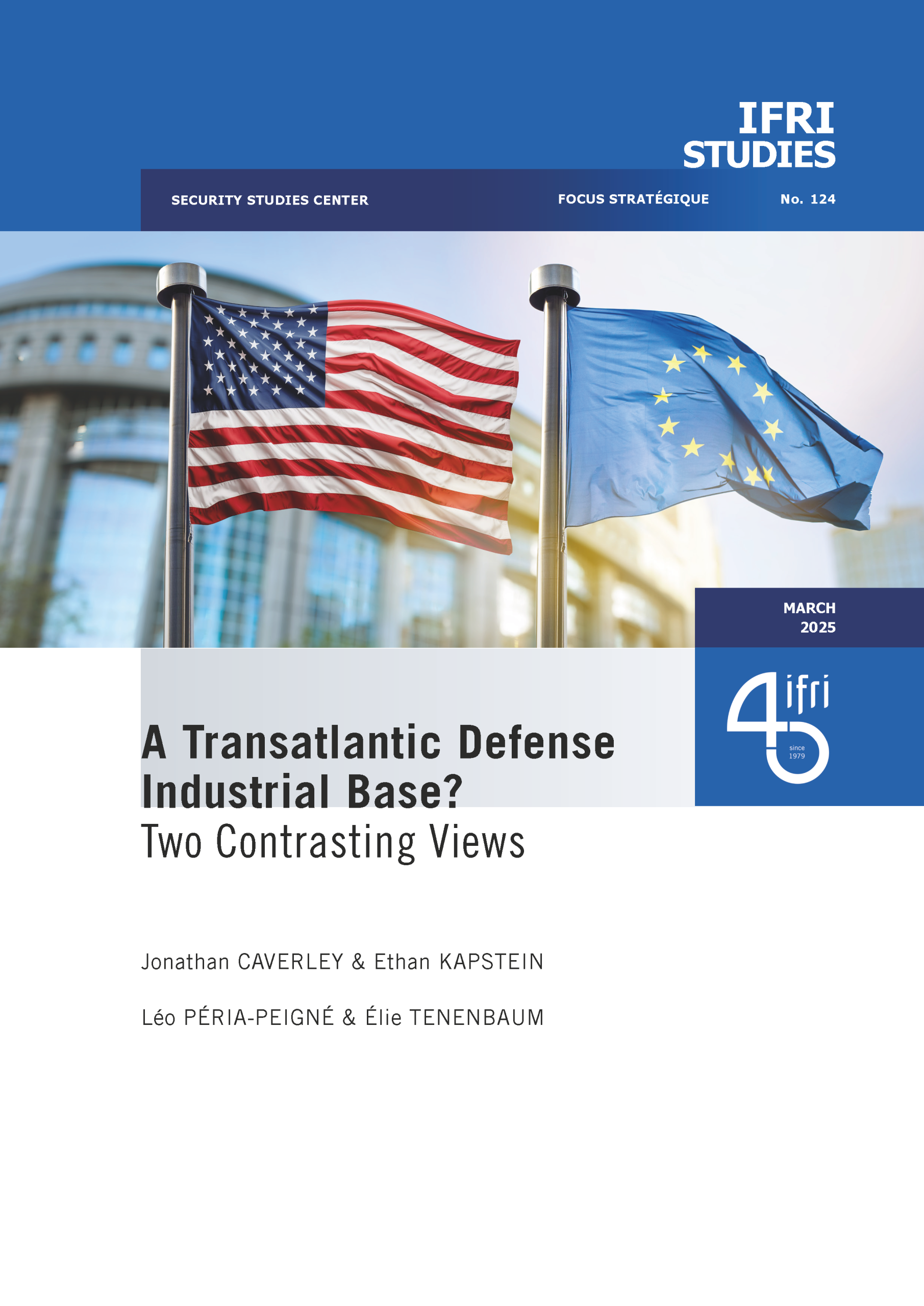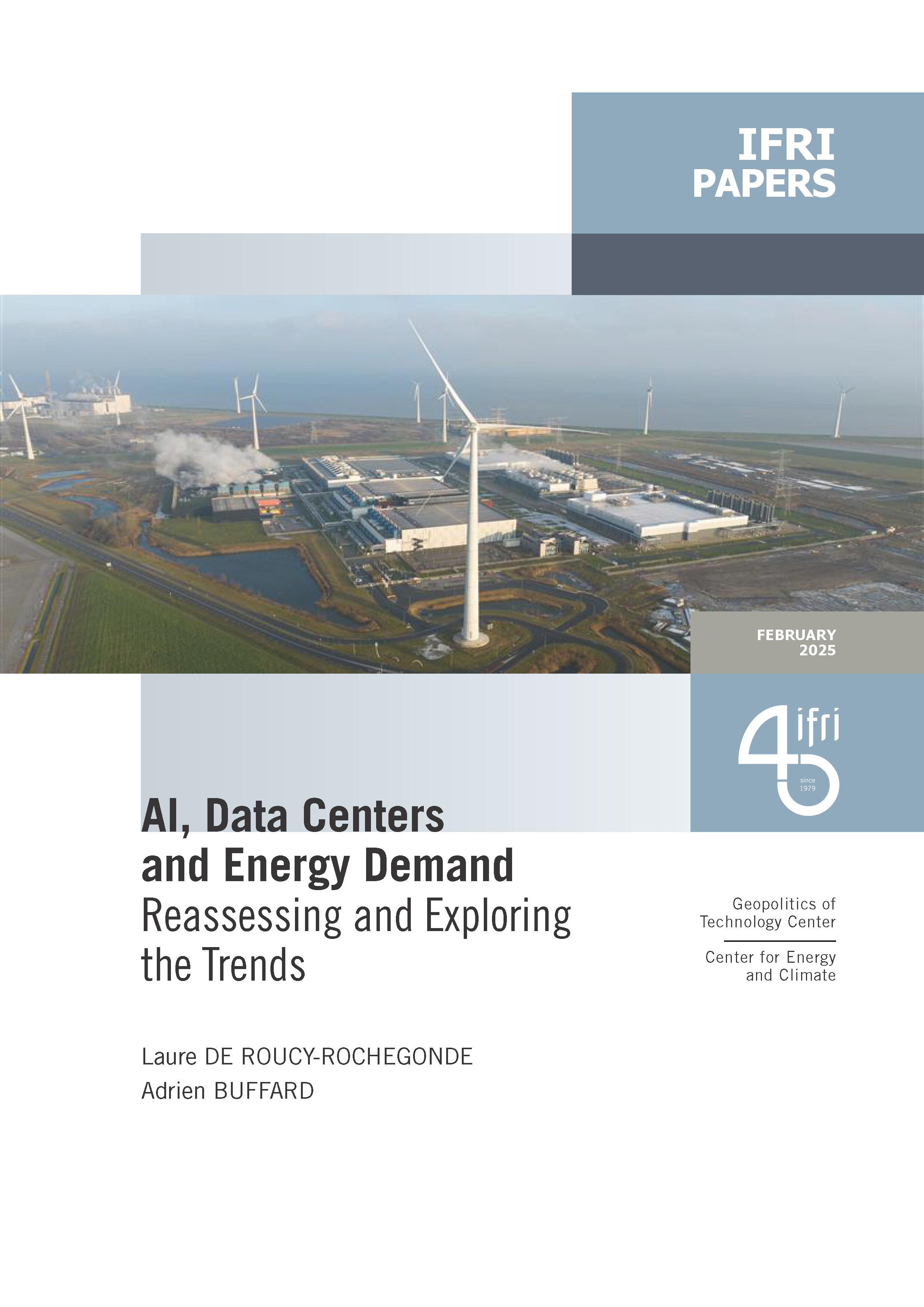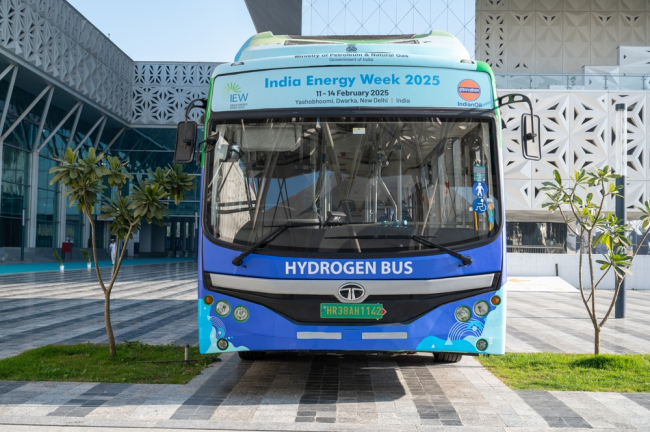New government in Canberra: A reset for Australia’s Indo-Pacific approach?

Following the May Federal election, Australia has its first centre-left government in close to a decade, led by Prime Minister Anthony Albanese.
Swings in favour of the Labor party, which won a narrow majority in parliament, and towards Green and independent candidates point to a fairly decisive electoral shift on climate.
The election result may bring an end to Australia’s domestic ‘climate wars’ but is also good for foreign policy – particularly in the context of relations with Pacific Island states, Europe and the Biden administration in the United States. After the AUKUS fallout of 2021, the new government in Canberra has embarked on a Franco-Australian rapprochement.
That reset is part of a broader push for Australia to restore balance in its global relations and to invest in independent partnerships with major Indo-Pacific players. The Australian foreign policy and national security bureaucracy will be working across the AUKUS and Quad initiatives for years to come. But the challenge will be to do so while also cultivating a broader, distinctively Australian approach to the Indo-Pacific region outside the US alliance framework.
Mounting Australian insecurity
The 2022 Lowy Institute Poll, which looks at Australian attitudes on the world, reveals that only half of Australians say they feel ‘very safe’ or ‘safe’ when considering world events. This represents a 17-point fall from the year before, and a 39-point fall from 2010, when nine in ten Australians felt safe.
Insecurity in an election year normally favours the incumbent government. Indeed, national security was a key part of former Prime Minister Scott Morrison’s campaign strategy. The previous conservative coalition government ran hard on the threat from China, its defence spending record and achievement in pulling off the AUKUS pact with the United States and the United Kingdom.
However, voters – despite their apparent concerns with the world – had a shrewder appreciation of Australia’s international challenges and the qualities of the opposition party. A February opinion poll had Labor ahead in handling relations with China and both parties evenly balanced on dealing with the war in the Ukraine. A majority of respondents (61%) also saw China and the bilateral relationship as a complex issue to be managed rather than a threat to be confronted.
Australia’s Pacific neighbour, Solomon Islands, then dealt the former government a crippling blow with the announcement of a trade and security pact with China a few weeks prior to the Australian general election. The shadow (and now sitting) Foreign Minister Penny Wong described the events that led to the deal as the worst Australian foreign policy failure in the Pacific since 1945. The government was accused of neglecting Australia’s near region. Debate shifted from a focus on national security to international relations more generally. The Solomons-China deal led to questions about the government’s perceived failings in regional diplomacy, including cuts to aid spending and its weak record on climate policy. Labor made the case that Australia could not be a constructive partner to Pacific Island states so long as its government was not seen to be addressing the single biggest security threat confronting them: rising sea levels.
Climate is key to Australia’s new foreign policy
As such, the outgoing government’s reluctance to do more on climate change was exposed as a weakness in both domestic politics and international security. On Saturday 21 May, voters in cities and rich suburbs abandoned the Liberals, the larger party in the conservative coalition, for Labor, independent and Green candidates calling for stronger climate action.
The election was a watershed for Australia. Not only has it led to the first change of government in nine years; it also marks the first time that an Australian prime minister has come unstuck for doing too little, rather than too much, to curb climate change.
The new Labor government has set a goal to cut emissions by 43% by 2030, compared with 2005 levels – up from the coalition’s 26-28%. It will focus on cleaning up electricity generation, the biggest source of Australia’s carbon emissions. Most of the country’s power comes from coal; in 2020 less than a quarter came from renewables. The Albanese government wants to raise that to 82% over the next eight years.
Though not wildly ambitious by the standards of most European countries, Australia’s strengthened climate commitments are core to the identity of the new government’s foreign policy. A focus on climate has reaped early dividends when it comes to Australia’s relations in the Pacific, Europe and with the Biden administration in the United States.
Inroads with the Quad, the South Pacific, France and China
Over the past two months, the prime minister and leading figures within his new government have embarked on intense shuttle diplomacy and largely succeeded in four early objectives that strike a balance between continuity and policy change:
- Reassurance for the United States and Quad partners. Within twenty-four hours of being sworn in, Albanese and Wong were meeting with the leaders of Australia’s Quad partners, the United States, India and Japan. The trip underlined the essential continuity in the way new government will make common cause with its leading Indo-Pacific partners. Australia will remain heavily invested in both the quadrilateral grouping and the AUKUS pact with its longstanding ally the United States. The aim here is to deepen cooperation among like-minded democracies to signal an intent to counter and thereby deter future Chinese attempts to further alter the status quo in the Indo-Pacific.
- A shift in tone and approach for the Pacific Islands. Australia’s near abroad encompasses a great arc of Pacific Island nations to its north and east, reaching from Papua New Guinea to Kiribati. Their geography gives them enormous strategic significance. Canberra remains the single largest development partner in the region. But it has often taken a transactional approach to the region and a ‘set and forget’ mindset to regional diplomacy. In the Pacific, relationships are just as important as resources. Penny Wong has spearheaded an increased pace of ministerial travel there with early visits to Fiji, Samoa, Tonga and Solomon Islands. The Labor government wants to make it easier for people from Pacific nations to visit Australia and to work there through enhanced labour mobility initiatives. Leveraging Australia’s geographic proximity to the region through enhanced market access is an underutilised comparative advantage in the competition for influence with China in the region.*
- A reset of relations with France and the European Union. Anthony Albanese and French President Emmanuel Macron have effectively drawn a line under a bitter bilateral dispute, triggered by the previous government’s secret negotiations with Washington and London to supply Australia with nuclear-powered submarines under AUKUS and the abrupt cancellation of the multibillion-dollar Naval contract to build Attack-class conventional submarines. One lesson for both sides to draw from the failed Naval deal is of the danger of putting all their eggs in one basket of a burgeoning strategic relationship. The challenge now is to rebuild bilateral ties on multiple pillars. Albanese flew to Paris in June for a meeting designed to flesh out a “new agenda for cooperation” in three areas: defence and security; resilience and climate action; and education and culture. Enhanced cooperation in the Southwest Pacific would be an obvious place to start given the Albanese government’s renewed focus on the sub-region, and France’s status as a resident Pacific power with interests in the stability and security of the Pacific Islands region. A renewed focus on climate change will also facilitate the conclusion of negotiations on an Australia–European Union Free Trade Agreement, essential for Australia’s push to diversify its export markets beyond China.
- Stabilising (though not a reset) of relations with China. Australia’s sharp clash of interests and values with China resulted in a complete breakdown of bilateral ties under the last government with the country’s most important economic partner. For several years, Beijing has refused any high-level political engagement and imposed coercive trade actions against certain Australian exports. The new trade and security agreement between China and Solomon Islands is also emblematic of Beijing’s efforts to chip away at Australia’s role, including as the primary security provider in the Southwest Pacific. Nevertheless, the Albanese government has been able to re-establish dialogue with Beijing in the hope that a resumption in bilateral diplomacy may help settle things a little. Deputy Prime Minister Richard Marles broke the ice with an initial discussion with China’s defence minister at the Shangri-La Dialogue in Singapore, marking the highest level in-person contact between the countries in almost three years. Penny Wong has since met with her Chinese counterpart Wang Yi on the sidelines of the G20 foreign ministers gathering in Bali. These tentative overtures will contribute to stabilising, though not normalising, ties with China. Canberra has signalled that despite a change in government and tone on China, the substance of its national interests and policy settings will remain unchanged.
Building strategic equilibrium
Despite a number of foreign policy wins, the government must now brace for the long slog ahead. Much of its early progress abroad speaks of the diplomatic failures of the previous government more so than they do of the acumen of the new one. The Albanese government’s honeymoon period is approaching its end, and the question is what comes next after the diplomatic low-hanging fruit has been picked.
The central challenge in Australian foreign policy is the need to square the circle between two objectives: building a strategic counterweight to China with like-minded partners on the one hand and, on the other, co-operating with a more geopolitically diverse set of countries in shoring up the regional order.
The foreign minister has spoken of the need for Australia to achieve a “strategic equilibrium” in the region. The term marks an interesting departure from the usual articulation of Canberra’s objective of forging an effective regional balance of power. It creates space to articulate several things:
- To recognise that shaping the balance of power and shaping regional architecture are distinct pursuits for Australia. Equilibrium comes in part from finding common ground on the role and purpose of regional order despite the intrinsic geopolitical differences between countries of the region. The foreign minister has made clear that ASEAN should be the foundation of regional equilibrium – with its institutions and member states holding the political centre of the Indo-Pacific.
- To stress that strategic equilibrium cuts both ways. Greater accommodation of geopolitical differences from Australia also requires greater acceptance from Southeast Asia in particular of Australia’s choices to participate in the Quad or the AUKUS defence agreement. For Australia, ASEAN centrality does not mean ASEAN only.
- To flag that Australia’s engagement with smaller countries in the Southwest Pacific or Southeast Asia will not be conducted through the prism of China. The foreign minister has stressed that smaller countries in the region are more than just supporting players in a grand drama dominated by great powers. There is in fact a broader, distinctively Australian approach to the Indo-Pacific outside of great power competition.
Nuancing a one-size-fits-all Indo-Pacific strategy
The new government also appears to be nuancing a one-size-fits-all strategic approach to the Indo-Pacific in favour of more sub-regionally tailored articulations of Australia’s national interests.
There are broadly three concentric rings in Australia’s Indo-Pacific strategy, each defined by a distinct set of circumstances and challenges. The first is a Pacific “inner ring” where Australia must reinforce its position as the leading provider of public goods – whether in terms of addressing security challenges or the threat posed by climate change to the Pacific Islands.
Then there is an “outer ring” of major powers, the very countries that have formed the Quad or AUKUS, and beyond that, those in Europe with Indo-Pacific interests. Australia’s standing among democracies fringing the Indo-Pacific has never been stronger. The prime minister’s presence at the NATO summit in Madrid in June shows a broad convergence of strategic interests is at hand. Amid Russia’s war in Ukraine, there is stiffening of resolve by liberal democracies in standing up to authoritarian states including China.
Targeting the missing middle: Southeast Asia
However, the fact remains that there is a missing middle in Australia’s Indo-Pacific strategy. Canberra has experienced a loss of relevance and strategic drift at the centre, in Southeast Asia.
A new bipolar front in Europe has galvanised Western unity. But the ripple effect from the Ukraine war has played out differently in Southeast Asia, hastening the arrival of what Richard Maude at Asia Society has termed a “trifurcated order”.
There are clear geopolitical antagonisms, but on the main axis in Southeast Asia, this does not add up to consolidated blocs. What we are seeing instead is the formation of polarities rather than blocs.
Southeast Asia is not homogenous. There exist pronounced differences between actors situated on a spectrum between the geopolitical poles – from active ‘hedgers’ such as Singapore to those comfortable with de facto Chinese hegemony such as Cambodia.
However, even the most strategically minded actors in Southeast Asia will not join Australia in balancing coalitions such as the Quad. Instead, most resident countries will hedge doggedly in between the two strongest poles: the United States and China.
Balancers and hedgers: bridging the gap
The challenge for Canberra then is to communicate a vision of its Indo-Pacific strategy that resonates beyond a coterie of the converted. In particular, Canberra must look for ways to bridge the divergence between two camps of middle powers: between the balancers and the hedgers.
Wong’s call for strategic equilibrium in that sense creates space to recognise that middle powers, including Australia, will take different positions in respect of the great powers but can still find common ground on the role and purpose of the ASEAN-led regional architecture, and the importance of ensuring the sovereignty of smaller states within it.
Above all, Canberra will seek to underline that shaping the balance of power and shaping the regional order are distinct pursuits. Australia must engage the middle powers of Southeast Asia on their own terms and concerns. Whether the region can continue to be defined by a common peace and a common prosperity that maximises the options for all its players, large or small, is a first-order concern for the new government. After a number of early wins, what’s needed now is greater differentiation in Australia’s engagement in the three theatres of the Indo-Pacific, and a greater appreciation of the types of diplomacy required in each.

ISBN / ISSN
Share
Download the full analysis
This page contains only a summary of our work. If you would like to have access to all the information from our research on the subject, you can download the full version in PDF format.
New government in Canberra: A reset for Australia’s Indo-Pacific approach?
Related centers and programs
Discover our other research centers and programsFind out more
Discover all our analysesIndia’s Green Hydrogen Strategy in Action: Policy Actions, Market Insights, and Global Opportunities
India is poised to remain the world’s fastest-growing major economy, and this rapid growth is driving a sharp rise in energy demand. As the most populous country on the planet, India urgently needs to decarbonize its energy systems.

RAMSES 2024. A World to Be Remade
For its 42nd edition, RAMSES 2024 identifies three major challenges for 2024.

France and the Philippines should anchor their maritime partnership
With shared interests in promoting international law and sustainable development, France and the Philippines should strengthen their maritime cooperation in the Indo-Pacific. Through bilateral agreements, expanded joint exercises and the exchange of best practices, both nations can enhance maritime domain awareness, counter security threats and develop blue economy initiatives. This deeper collaboration would reinforce stability and environmental stewardship across the region.

The China-led AIIB, a geopolitical tool?
The establishment of the Asian Infrastructure Investment Bank (AIIB) in 2016, on a Chinese initiative, constituted an attempt to bridge the gap in infrastructure financing in Asia. However, it was also perceived in the West as a potential vehicle for China’s geostrategic agendas, fueling the suspicion that the institution might compete rather than align with existing multilateral development banks (MDBs) and impose its own standards.





